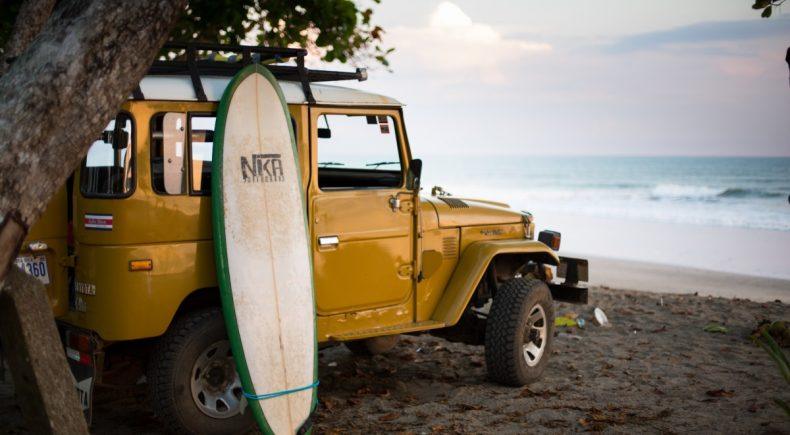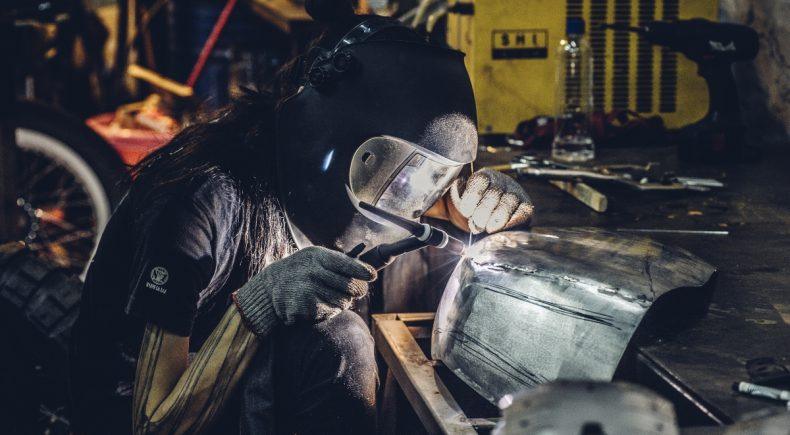The release of Triumph’s new line of liquid-cooled motorcycles has done more than lift a few eyebrows, and the departure from focusing on making traditional air-cooled motorcycles has raised quite a divisive debate in the rider community. Do we embrace progress and change, or do we stick to our roots and uphold tradition?
It’s an especially interesting landscape for a new rider to step into. Regardless of their reasons for wanting to get into riding motorcycles, the new bikes have a particularly strong draw: they appear to be low maintenance, high fun machines with a distinctive neo-retro appearance, and are conveniently outfitted with all the modern bells and whistles. But are they the ideal bikes for a beginner?
We’ve had the opportunity to build and ride each of the new liquid-cooled models from Triumph over the last couple months, and we wanted to take a moment to share some of our thoughts on them with you all.

From a practical standpoint, we believe that the air-cooled models are the best launching point for new riders for multiple reasons. The first of these, simply put, is accessibility. Buying and riding a used Thruxton for $5,000 is a much better entry fee and entry point for hopeful riders than a new $14,500 Thruxton. This is due to several factors: new riders’ propensity for accidentally tipping bikes, the relative ease of working on air-cooled bikes, and the bikes themselves.
Not every new rider will tip their bike over or have a major “oopsie” moment, but stopping a little too suddenly at a stop sign or dismounting improperly isn’t unheard of. Tipping a bike often means scuffing it up or snapping some small, minor part, and that means having to replace it. Replacing parts on an older used bike is much less painful than having to replace a part on a shiny new motorcycle, emotionally and financially.
Which brings us to the second point: the air-cooled Triumph modern classics are much easier to work on than their liquid-cooled counterparts. While the air-cooled bikes do feature some wiring and electronics, they have considerably less than the liquid-cooled models. The design of the air-cooled models themselves is also simpler and more elegant, creating a much easier platform to work on. On top of that, the ability to customize the air-cooled models is much greater. Every modification you make to your air-cooled motorcycle will make a significant difference, and will make you feel that much better about the bike.

As for the motorcycle itself, the air-cooled models have much more balanced engines in terms of performance. A Bonneville or Thruxton with 69 horsepower, or a Scrambler with 59 horsepower even, is a much better place to start than a 1200cc monster like the 2016 Thruxton that boasts 96 horsepower and 83 foot-pounds of torque. The air-cooled motorcycles have more than enough engine for both the beginner and the enthusiast alike, especially since the horsepower of the air-cooled motorcycles can be significantly boosted after shedding some weight, installing a full exhaust system, removing the air box and air injection, and then doing a bit of engine tuning. And to be honest, if you feel like you need 96 horsepower or more, you might be looking at the wrong motorcycle unless you’re a parallel twin-class road racer or flat tracker. A simple gearing swap is often all a stock Triumph modern classic needs to get the bike feeling a little more torquey in the desired range.
This all isn’t to discourage anyone from buying one of the new liquid-cooled motorcycles. They’re all awesome, and we love to ride them as much as we love to customize them. But it stands that we think given the choice, the air-cooled models make an all-around better starting point for new riders than the liquid-cooled models. In the end, the air-cooled modern classics are easier to work on, have classic looks, are cheaper, and have perfectly capable engines, but both bikes are great for any weekend project.




Leave a comment
All comments are moderated before being published.
This site is protected by hCaptcha and the hCaptcha Privacy Policy and Terms of Service apply.